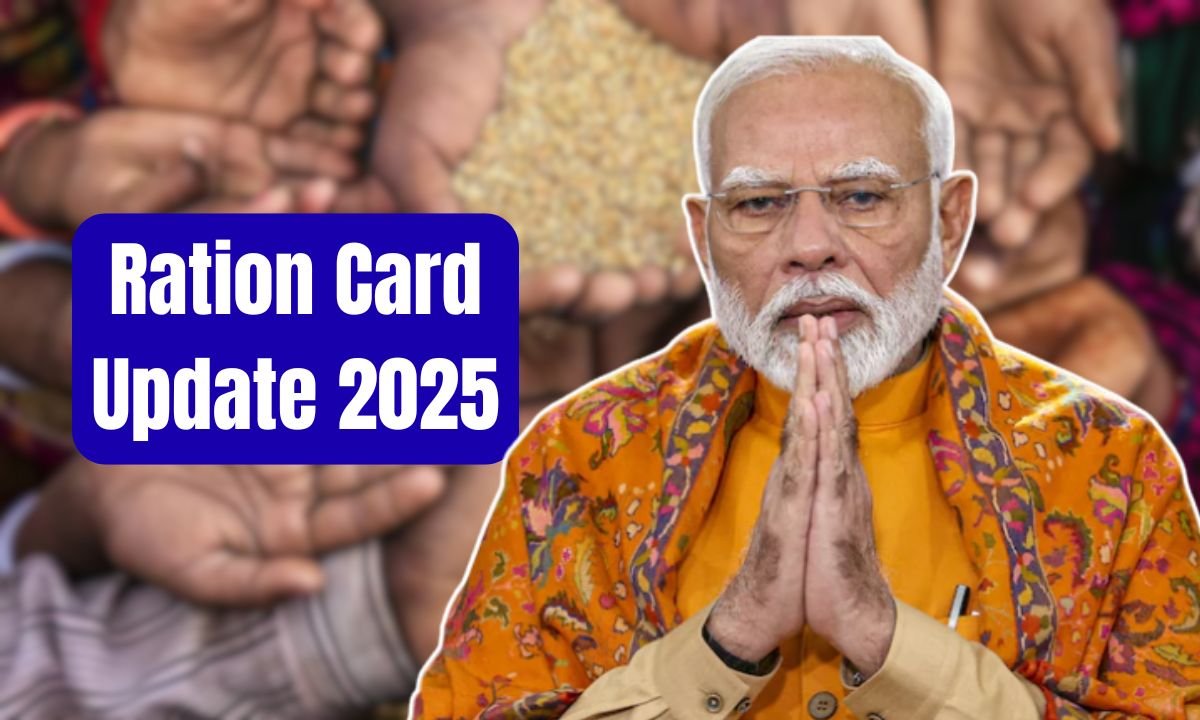For countless Indian families, the Ration Card is still an important document that gives access to subsidised food grains and other essential commodities. In 2025, there have been several changes made to sharpen the effectiveness of the programme, increase transparency, and guarantee that the appropriate beneficiaries receive the subsidised commodities. In this article, let’s check what has been updated and how it impacts you.
Digital Integration for Faster Access
The use of online portals to apply, update and check the status of the ration cards has been made available in most states, reducing the need for paperwork and ensuring timely access. In addition, managing family details online is an added benefit.
Suspension of Benefits Until Aadhaar Linking is Done
With the aim to eliminate duplication and ensure fair ration distribution, linking Aadhaar has been made compulsory for all ration card holders. IVRs and Aadhaar linking have made identity verification easier, ensuring the correct household quota. With this verification, beneficiaries who opt not to link their Aadhaar might face suspension until the linking is done.
One Nation, One Ration Card Expansion
Recently, the programme “One Nation, One Ration Card” has been further developed, bringing the number of covered states and Union Territories to almost all of them. It now serves migrant workers and families working in different parts of the country. They can now access their entitled benefits from anywhere in the country, and there is no need to reapply or transfer their cards.
Simplified Update Process
Updating information such as address, family members, or income category has been made easier. Most of the state portals now permit users to upload their documents and request the changes to be made. Verification is done through e-governance, and the changes are made within a few working days. This has improved responsiveness and has made the system user-friendly.
Revision of Eligibility Criteria
There is an active revision of the criteria for approximately 2.8 crore additional families falling in the lower income bracket under the Public Distribution System (PDS) in 2025. This is allowing states to identify and encourage a greater number of previously excluded families to help broaden food security.
Ration Card Types and Benefits
Ration cards are issued based on income and family size. Here’s a quick overview:
| Card Type | Eligibility Criteria | Benefits Offered |
|---|---|---|
| Antyodaya (AAY) | Poorest households | Highest subsidy on food grains |
| Priority (PHH) | Low-income families | Subsidized wheat, rice, and sugar |
| Non-Priority | Above poverty line families | Limited or no subsidy |
Conclusion
The update to the Ration Card System in 2025, combined with automation, promises improved access, accountability, and movement of beneficiaries within India. It is important to monitor, so no benefits are missed, be it an update or an initial application.
Also Read: EPFO New Rules 2025: Key Reforms Simplifying Your PF Management, See Details
